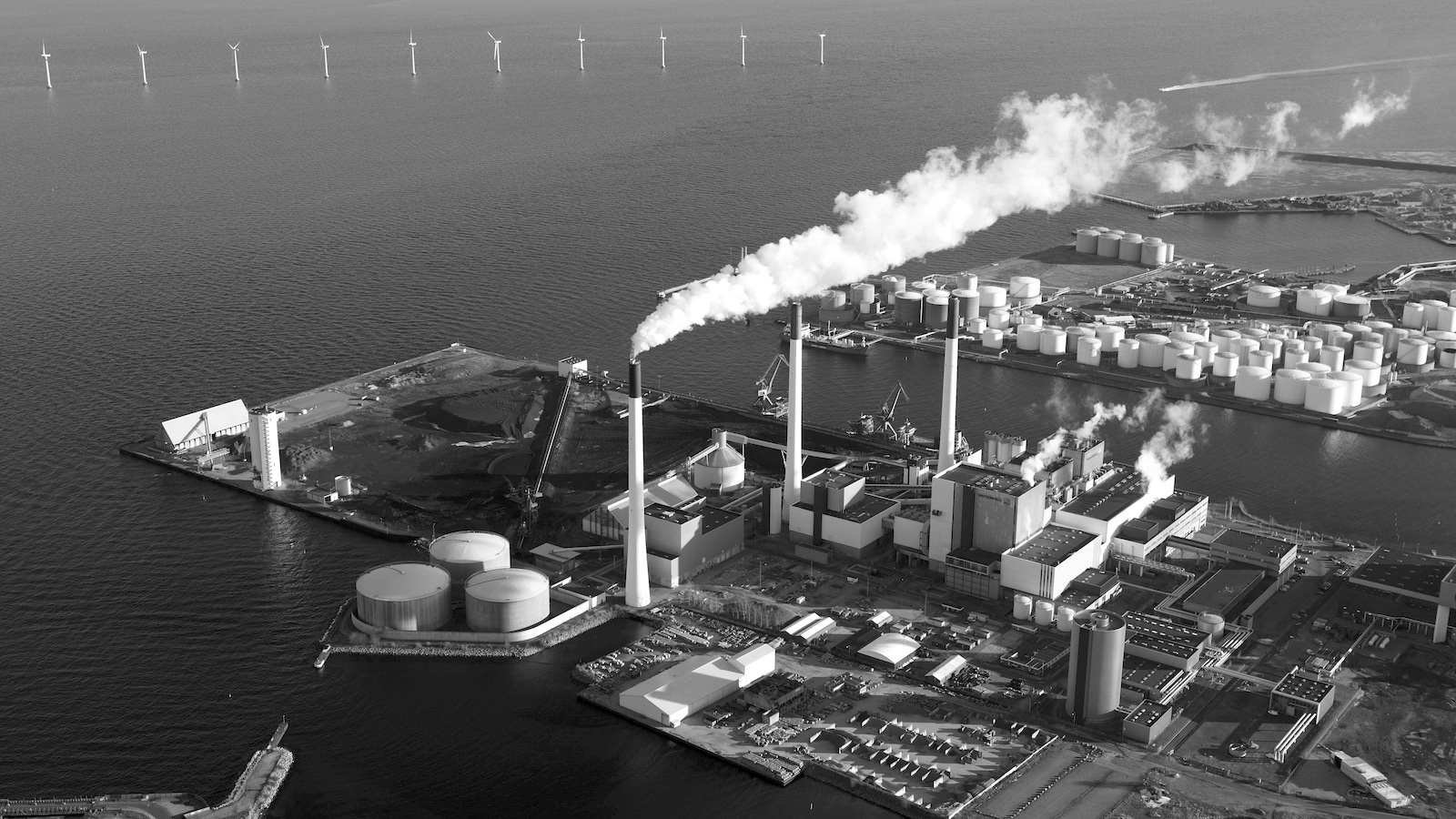Vad händer
EU:s utsläpp av växthusgaser minskade under 2022 med 2 procent jämfört med 2021.
Kontext
Europeiska miljöbyrån EEA presenterade statistik i rapporten ”Trends and Projections”. Förbättrad energieffektivitet och kraftigt ökade satsningar på fri energi har haft effekt på utsläppen som minskade med ungefär två procent från året innan. Flera medlemsstater har nu höjt ambitionen för sina 2030-mål.
Equally, the EU27’s share of global emissions has shown a sharp decrease over the decades, down from 14.8% in 1990 to 6.7% in 2022.
EU Science Hub: EDGAR database: EU’s emissions keep falling, as post-COVID rebound in world emissions continues
I maj producerade EUs solenergi och vindkraft mer elektricitet än fossila bränslen.
Vad har det för betydelse
Overall, a dual picture emerges, with most of the developed countries having reached at least a plateau in their growth, and sometimes (as in the case of the EU) a clear decreasing trend. On the contrary, emerging countries – including those among the top emitting economies – have yet to peak their GHG emissions, decouple them from economic growth, and move forward to the achievement of their climate neutrality commitments.
EU Science Hub: EDGAR database: EU’s emissions keep falling, as post-COVID rebound in world emissions continues





